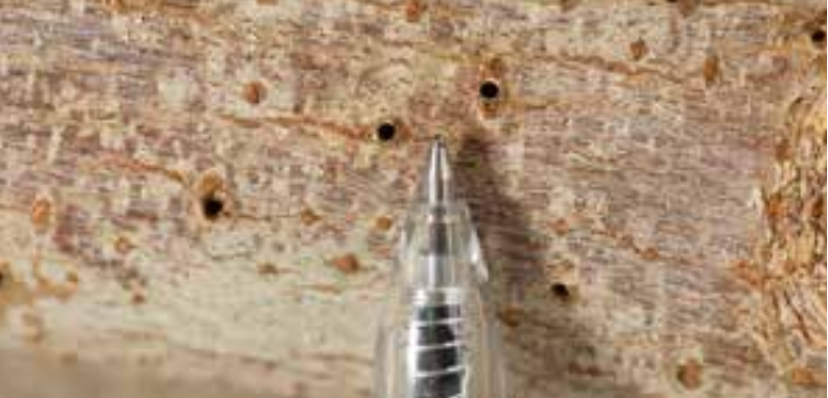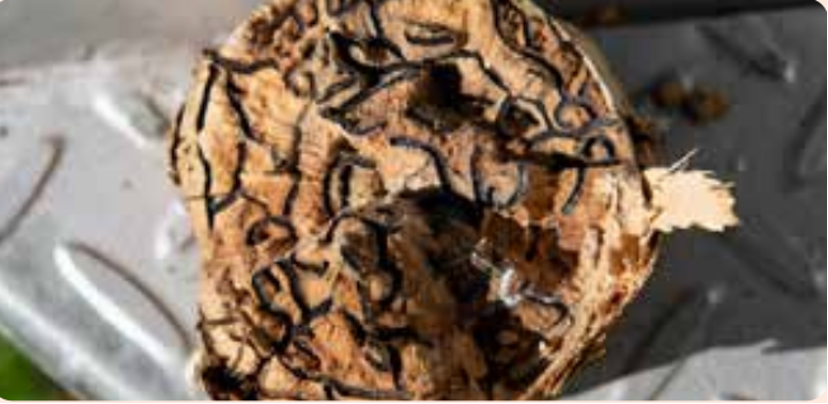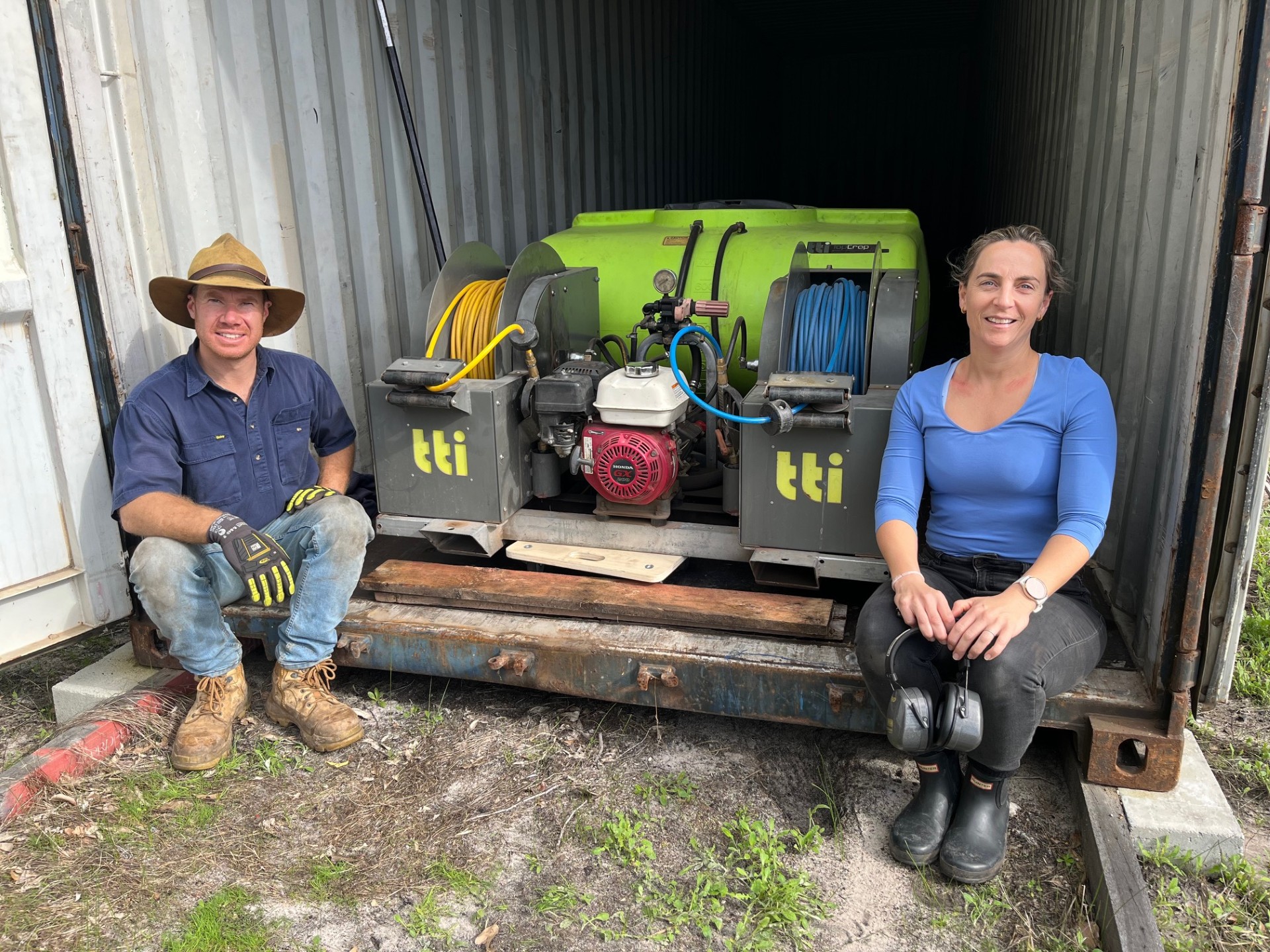Expert advice: How to spot shot-hole borer

Shot-holes the round entrance holes of PSHB are approximately the size of a ballpoint pen tip (1 mm). Image supplied
Recent radio and media coverage about the scourge of shot-hole borer in the metropolitan area, has raised questions about the fragility of our region and what impact the pest could have on our forests, farms and backyards.
To help clarify the facts, we’ve connected with experts from the Department of Primary Industries and Regional Development (DPIRD) to outline what residents should watch for and how to report concerns.
What is Shot-Hole Borer?
The polyphagous shot-hole borer (PSHB) is a small, wood-boring beetle originally from Southeast Asia. This invasive pest tunnels into trunks, stems, and branches, where it introduces a Fusarium fungus that acts as its food source. The fungus interferes with the plant’s vascular system, disrupting the flow of water and nutrients. Meanwhile, the tunnels, called galleries, can weaken branches and potentially lead to tree failure.
Globally, PSHB has affected more than 500 plant species. However, through early detection and reporting, we can help reduce its impact.

Signs and Symptoms
Signs of infestation include round holes (shot holes) about the size of a ballpoint pen tip (1mm diameter) in trunks or branches, often accompanied by bark discolouration, staining, gumming and frass. Trees may show wilting or dieback, and galleries become visible when pruning affected branches.
“The community’s support is vital in helping to limit the spread of shot-hole borer,” a DPIRD spokesperson explained.
“A Quarantine Area covering the entire metropolitan area remains in place, and movement restrictions for wood and plant material still apply.”
For regional residents or those travelling from Perth, DPIRD emphasises the importance of not moving wood or plant material that could host the borer outside the Quarantine Area. This includes live plants with stems measuring more than 2cm in diameter.
Early reporting of shot-hole borer remains crucial.
“The community is urged to look out for and report signs such as multiple entrance holes on trunks or branches, crystalline foam – known as sugar volcanoes – exuding from these holes, and any tree wilting or dieback.”
Residents can report suspected symptoms of shot-hole borer to the department via the MyPestGuide reporter app or by contacting DPIRD’s Pest and Disease Information Service at (08) 9368 3080 or padis@dpird.wa.gov.au
More information is available at www.dpird.wa.gov.au















